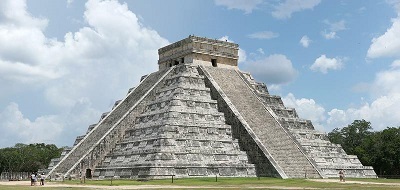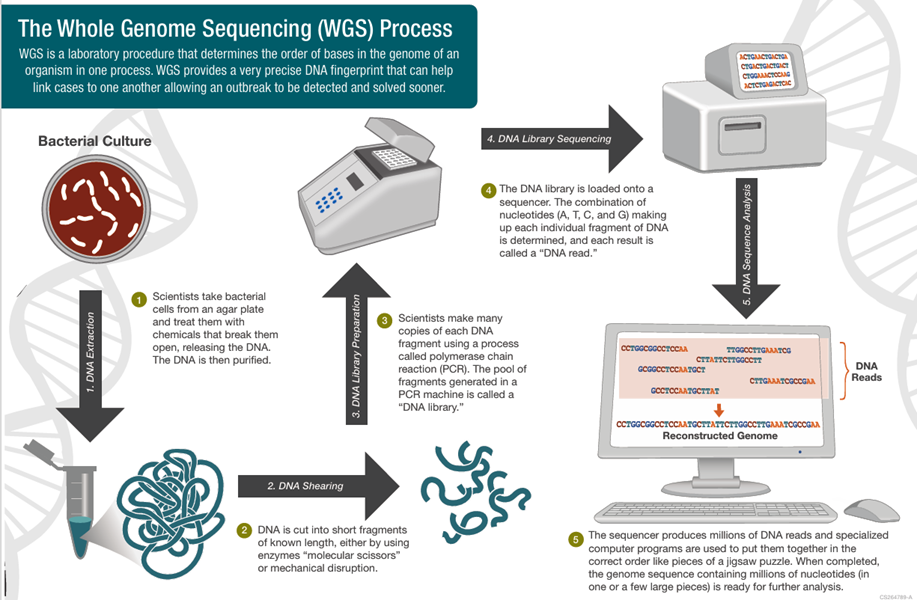Context-
In the last decade, scientists have employed the tools of archaeogenetics and evolutionary medicine to study ancient human burial sites. This research has illuminated the origins of the bubonic plague pandemic, the evolution of malarial parasites, the spread of the mpox virus, and even the historical occurrence of Down’s syndrome. The practice of burying human remains throughout history reflects diverse cultural, spiritual, and social beliefs, marking a significant line between modern and ancient humans. However, distinguishing intentional prehistoric burials from remains covered by sediment over time is a complex endeavor.
Early Human Burials
Neanderthal and Modern Human Burials
The practice of burying the dead has been recorded since the time of our now-extinct Neanderthal ancestors. The oldest intentional modern human burial dates back over 100,000 years in a cave in Israel. This timeline overlaps with the discovery of the skeletal remains of a roughly three-year-old child buried in Kenya around 80,000 years ago.
Evolution of Burial Practices
With advancing human civilizations, burial practices evolved, leading to the construction of elaborate mausoleums that continue to this day. For example, the pyramids of Egypt served as monumental tombs for the pharaohs, while Mughal emperor Shah Jahan commissioned the Taj Mahal in Agra as a mausoleum for his wife. These structures reflect an enduring human desire to honor and remember the dead.
Insights from Skeletal Remains
A Window into Ancient Lives
Well-preserved skeletal remains at ancient burial sites offer valuable insights into the dietary habits, environmental adaptations, microevolutionary characteristics, biological kinship, sex, and genetic history of ancient populations. Some famous examples include the Tollund Man Bog Bodies in Denmark and the Thebes Tombs in Egypt. These sites have been the focus of intense scientific investigation, particularly in the last decade, thanks to rapid technological advances in genome sequencing and medical genetics.
New Fields of Study
The expansion of genome sequencing has given rise to new fields such as archaeogenetics and evolutionary medicine. Researchers have used these tools to understand the origins of the bubonic plague pandemic, the evolution of malarial parasites, the spread of the mpox virus, and even the occurrence of Down’s syndrome in ancient genomes.
|
What is Genome Sequencing? Genome sequencing is the process of determining the DNA sequence of an organism's genome. A genome is a complete set of DNA that contains all of the genes of an organism. Genome sequencing involves figuring out the order of bases in an organism's entire genome. It is supported by automated DNA sequencing methods and computer software to assemble the massive sequence data.
|
Ancient Mayan Genomes
Chichén Itzá: A Center of Study
Chichén Itzá, an ancient Mayan city in modern-day Mexico, is known for its grand architecture and iconic ceremonial temples built around 800-1000 AD. These temples, infamous for human sacrifices, have been under archaeological investigation for over a century. The offerings were deposited in an enormous sinkhole or subterranean cistern called the ‘Sacred Cenote.’ In Mayan culture, these subterranean features were often associated with water and rain.
Ritual Sacrifices at the Sacred Cenote
The Sacred Cenote at Chichén Itzá holds the skeletal remains of over 200 ritually sacrificed individuals, many of whom were children or adolescents. Despite European colonial accounts suggesting these children and adolescents were “obtained” through kidnapping or exchange of gifts, recent scientific investigations have provided new insights.
Genetic Study of the Remains
In a recent scientific report published in Nature, a team of archaeologists and scientists from Germany, Mexico, Spain, the U.K., and the U.S. sequenced genetic material from the remains of 64 sub-adults from the Sacred Cenote. They compared these remains to modern-day individuals of Mayan origin. The studies revealed that all sub-adults in the cenote were genetically male and closely related to each other, contradicting 20th-century colonial accounts that claimed young women were sacrificed.
Significance of Twins in Mayan Culture
The study also identified two pairs of monozygotic twins among the remains. Twins held significant spiritual importance in Mayan culture, often being linked to the underworld. Isotopic studies established that all the related individuals had similar diets, suggesting they belonged to the same household and were selected for a specific purpose. It is widely believed that the Mayans organized ritual sacrifices to ensure the bountiful growth of maize and appease the rain gods.
Genetic Continuity with Modern Mayans
Genetic comparisons between the ancient remains and modern-day Maya people showed that the latter are direct descendants of the populations involved in the ritual sacrifices. This long-term continuity within the Mayan population opens doors for further investigations into microevolutionary studies and genomic adaptations over the years, with implications for the study of population health.
Legacy of Colonial Epidemics
Impact of Colonial Invasions
The ceaseless wars, famines, and epidemics brought by colonial invaders decimated the Mexican population, reducing their numbers from 10–20 million to 2 million by the end of the 16th century. Diseases such as smallpox, measles, influenza, typhus, typhoid, and enteric fever spread among the people, resulting in a genetic bottleneck. Such events can leave long-lasting genetic footprints in the population.
Genetic Bottleneck and Positive Selection
By comparing ancient and modern genomes from Mexico, researchers found evidence of positive selection in genes related to immunity, particularly those associated with resistance to enteric fever caused by Salmonella enterica Paratyphi C. This pathogen serotype was previously identified with the 16th-century cocoliztli epidemic in Mexico. The study of ancient genomes and their modern counterparts allows us to resolve mysteries, dispel old hypotheses, and gain new insights from the past to light the way for the future.
Conclusion
The study of ancient human burial sites through archaeogenetics and evolutionary medicine has revolutionized our understanding of past civilizations and their health. From the origins of pandemics to the genetic legacy of human sacrifices, these investigations provide a comprehensive picture of how ancient peoples lived, adapted, and evolved. The continuity seen in the genetic makeup of modern populations with their ancient counterparts highlights the enduring impact of historical events on human genetics. As technology advances, we can expect even more profound discoveries that will further illuminate our shared human history.
|
Probable Questions for UPSC Mains exam-
|
Source- The Hindu








